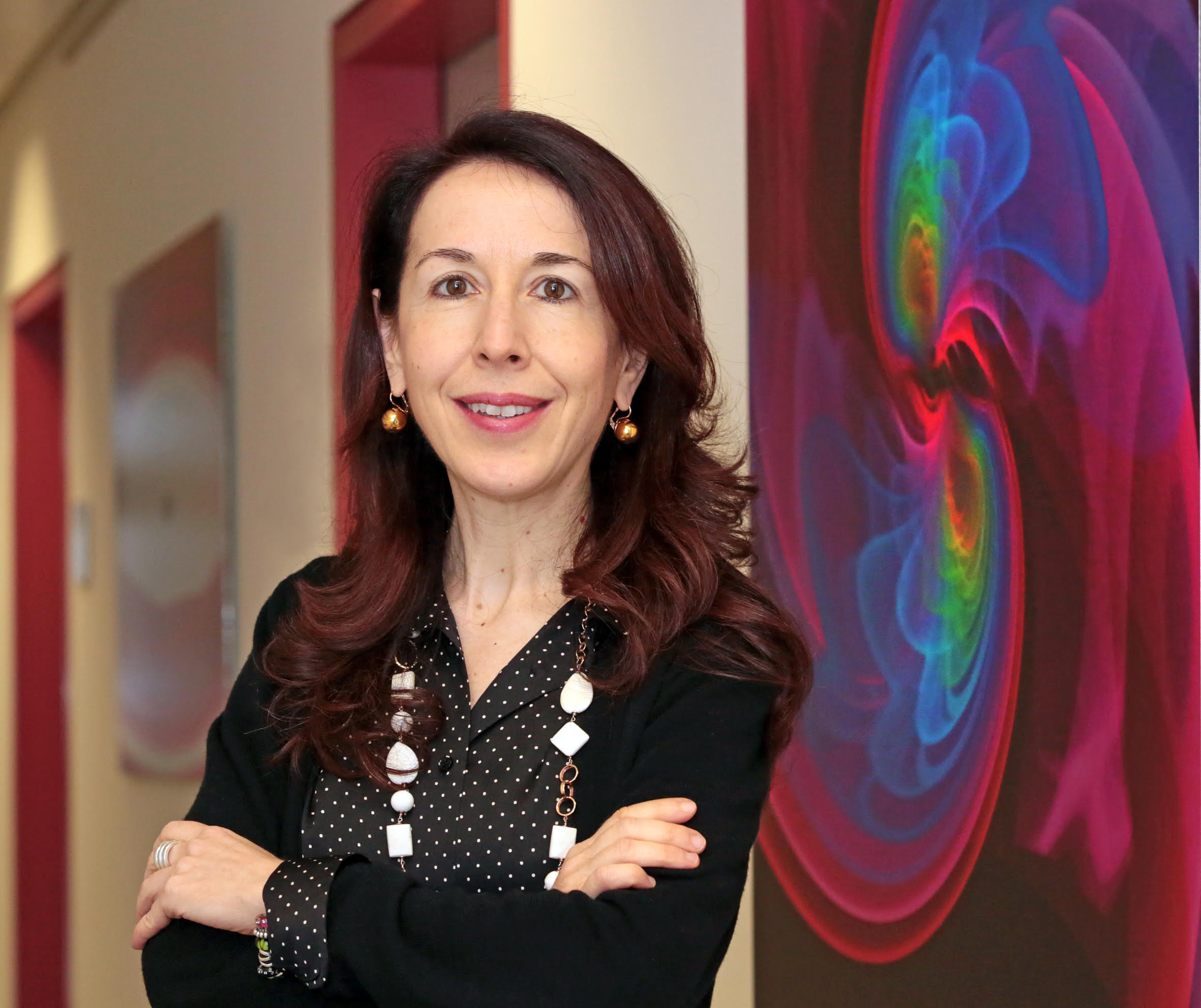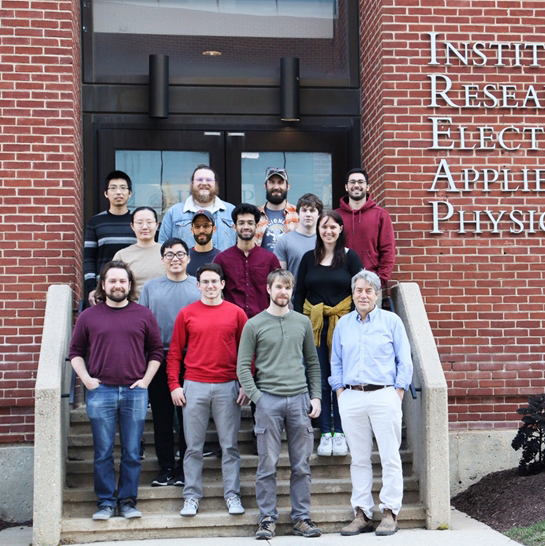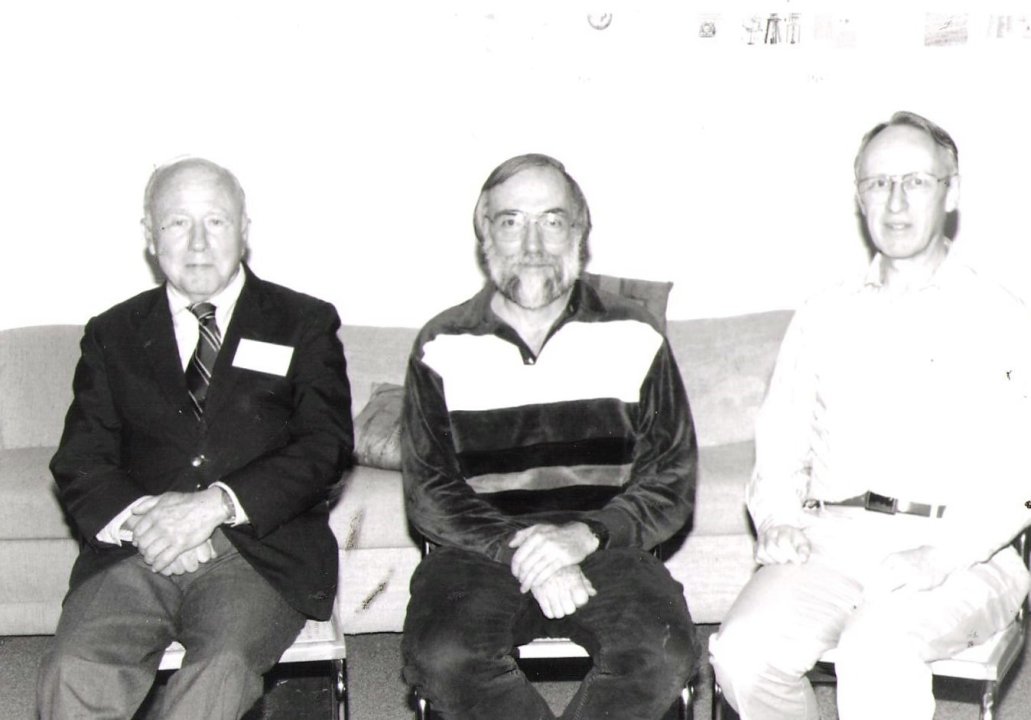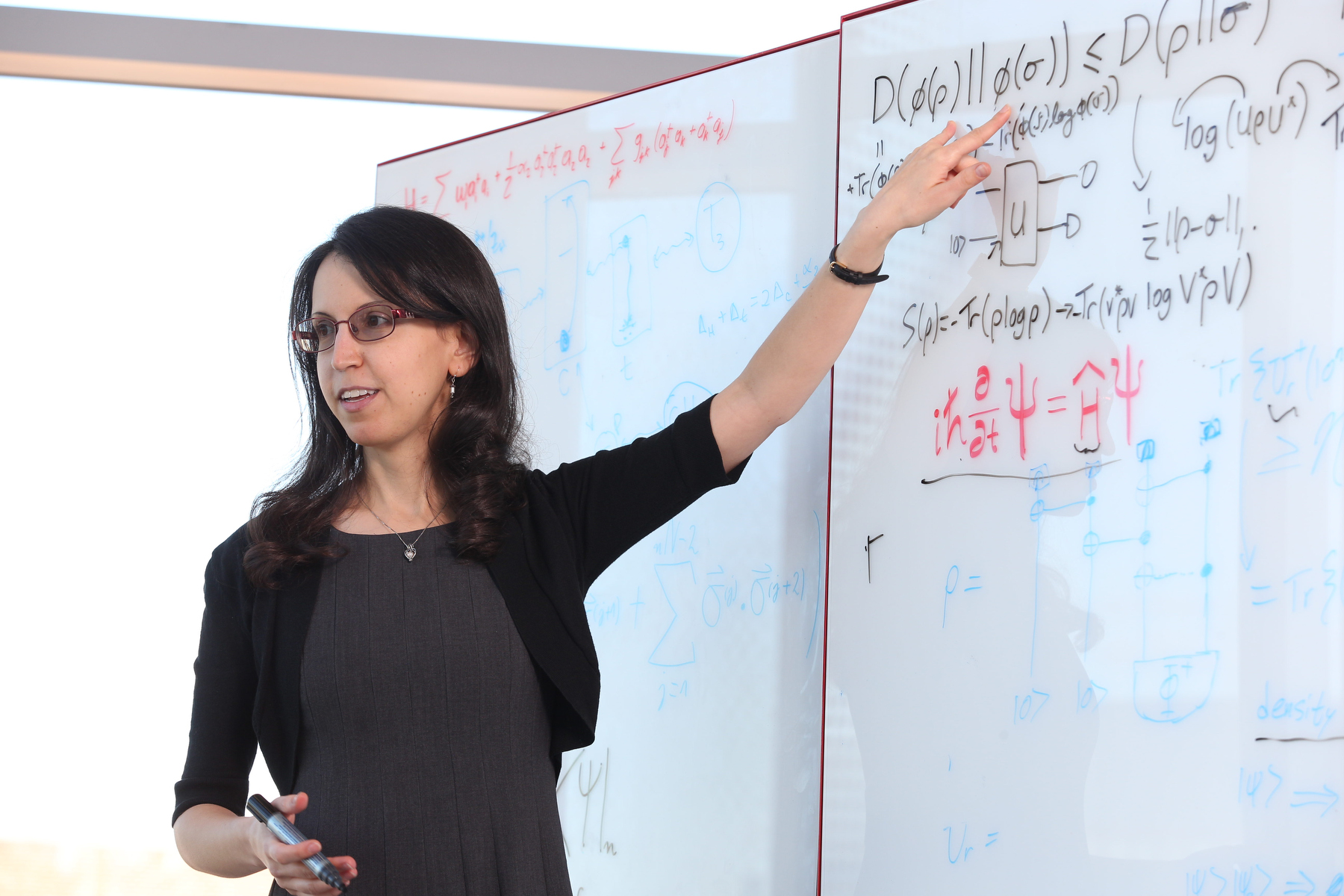Faculty, Staff, Student and Alumni Awards & Notes
- Details
- Published: Wednesday, September 06 2023 11:18
We proudly recognize members of our community who recently garnered major honors, began new positions and more.
Faculty and Staff
- Maissam Barkeshli was quoted on in a Washington Post story on the purported new superconductor LK-99, and in Quanta magazine on quantum technology.
- Alessandro Buonanno was elected to the Italian National Academy of Sciences.
- Sankar Das Sarma was quoted in the Financial Times regarding the race to build a quantum computer and in The Washington Post about LK-99.
- Jim Drake was quoted in Quanta and the New York Times about solar physics.
- Chaille DuBois joined the HR department.
- Cheryl Ekstrom retired from the purchasing department after 23 years of service.
- Manuel Franco Sevilla was interviewed about the LHCb on German national radio.
- Jim Gates was quoted in the American Council of Trustees and Alumni newsletter. He wrote an essay on college admissions in Science magazine.
- Daniel Gottesman was quoted in Quanta magazine.
- Rick Greene was quoted in Popular Science on room-temperature superconductors. He was interviewed by Preet Bahara on the Cafe podcast and on NPR.
- Adil Hassam retired on Sept. 1.
- Wendell Hill was elected to the American Academy of Arts and Sciences.
- Julia John joined the payroll department.
- Paul Julienne was elected to the National Academy of Sciences.
- Sumerum Lehri joined the HR office.
- Wolfgang Losert's work was featured in Maryland Today.
- John Mather was elected to the American Philosophical Society.
- Howard Milchberg was featured in Optics and Photonics News.
- Grégory Moille discussed frequency combs in Interesting Engineering.
- Carmen Morrison joined the sponsored research department.
- Johnpierre Paglione was interviewed on room-temperature superconductors on NPR.
- Sasha Philippov's work on neutron stars was written up in Physics.
- Bill Phillips appeared in Maryland Today.
- Ellen Williams was honored at the 2023 Maryland Research Excellence Celebration. Her work with the $3 million Grand Challenges Institutional Grant was featured in Maryland Today.
- Roald Sagdeev hosted a symposium on theFuture of Nuclear Deterrence and Arms Control. Video of the event is available here.
- Work by Steve Sclafani was featured in the New York Times.
- Ron Walsworth was quoted in PhysOrg.
- Nicole Yunger Halpern was quoted in Quanta magazine and contributed to a Scientific American piece on surprising physics discoveries.
Students
- Yuca Chen was a top presenter at the APS April Meeting.
- Joseph Durbak co-authored a paper on the brightest gamma-ray burst of all time.
- Fred Angelo Batan Garcia's work was published in Astrobites.
- Dmitri Krymski was a top presenter at the APS March Meeting.
Alumni
- Kenneth Arnold (B.S., ’22) co-authored a paper on exoplanet GJ 1214b.
- Valerie Browning, a M.S. recipient, was named to the Board of Directors of the American Institute of Physics.
- Mirjam Cvetič (Ph.D., '84) was elected to the American Academy of Arts and Sciences.
- Argen Gian Detoito (B.S., '23) was selected as a Senior Marshal at the May 2023 commencement.
- Chris Fleming (Ph.D., '11) is an Assistant Professor of Biology at the University of Central Florida.
- Ruth Kastner (M.S., '92) published a paper on entropic gravity.
- Luis Nasser (Ph.D., 01) was promoted to the rank of full professor at Columbia College.
- David Stork (Ph.D., '84) published Pixels & paintings: Foundations of computer-assisted connoisseurship.
- Gina Quan (Ph.D., '17) is an Assistant Professor at San Jose State University.
- Ana Maria Rey (Ph.D., '04) was elected to the National Academy of Sciences.
- Julia Ruth (B.S., '14) was featured in Maryland Today.
- John Silk, (B.S., '15; Ph.D., 2023, joined the Institute for Defense Analyses (IDA) as a research staff member.
- Dimitrios Vassiliadis (Ph.D., '92) researches space weather at NOAA's National Environmental Satellite, Data, and Information Service.
- Yong Zhao (Ph.D., '15) received the 2023 Guido Altarelli Award in theory from the CERN collaboration.
Department News
The department was ranked highly by US News.
The JQI released a new podcast.




